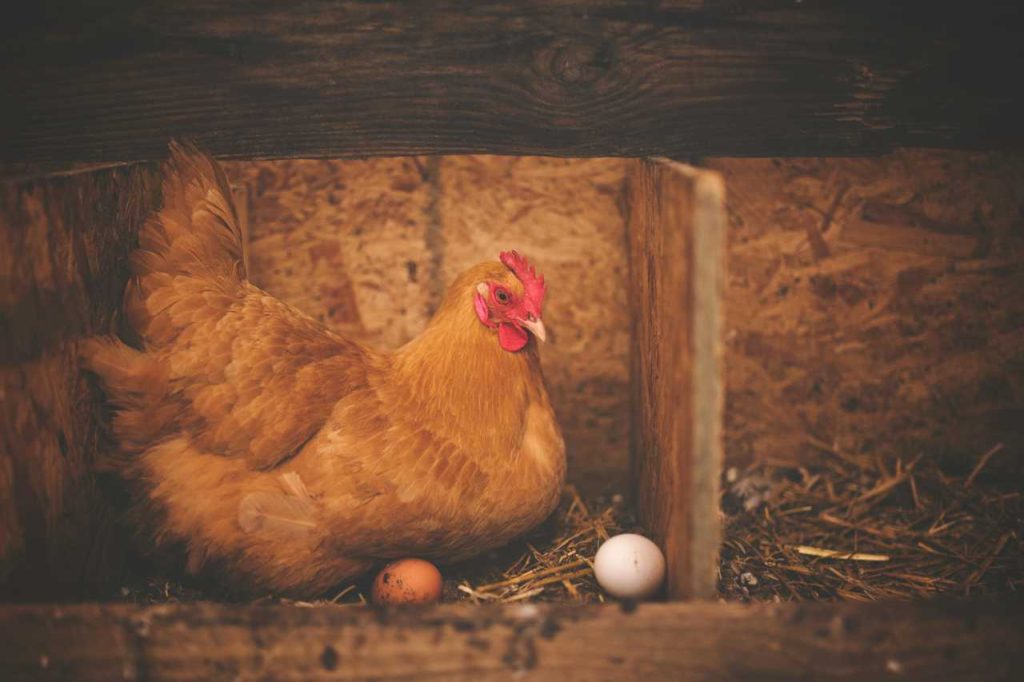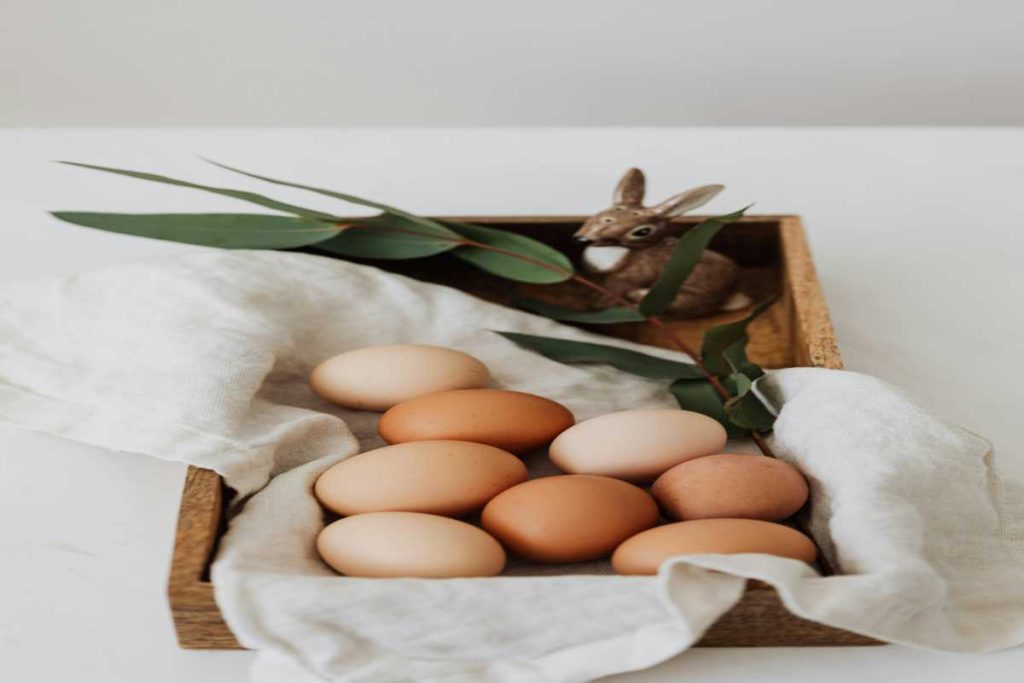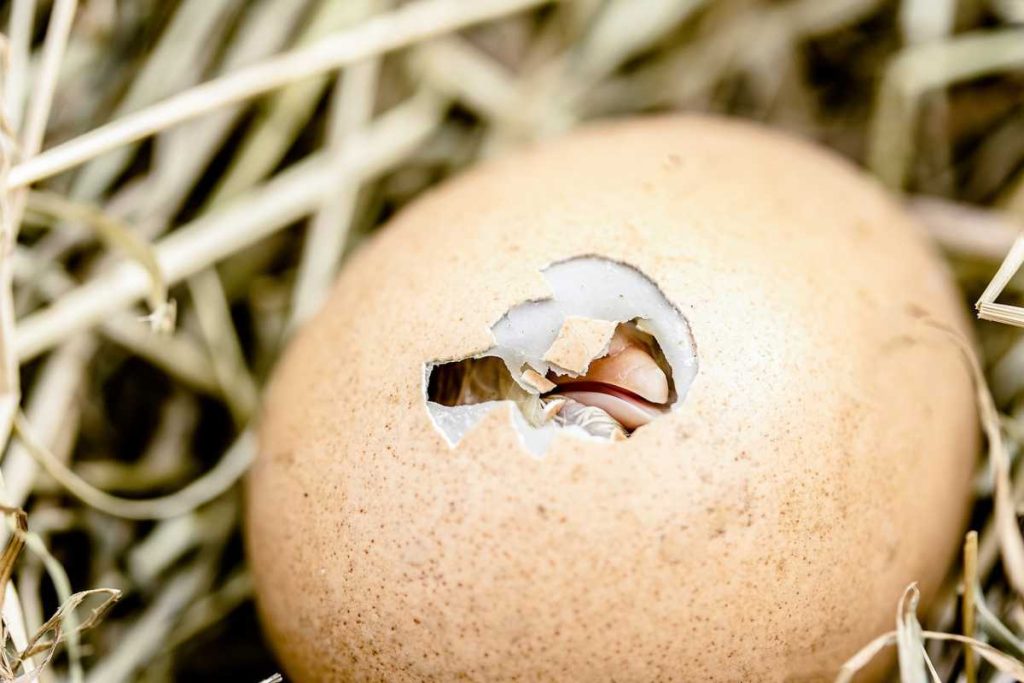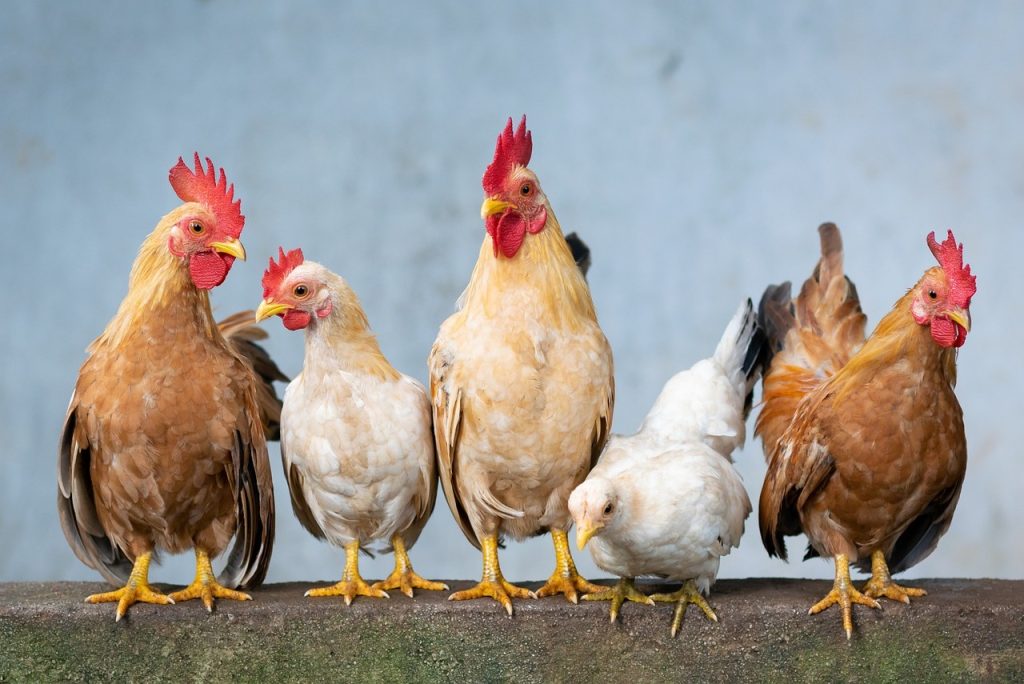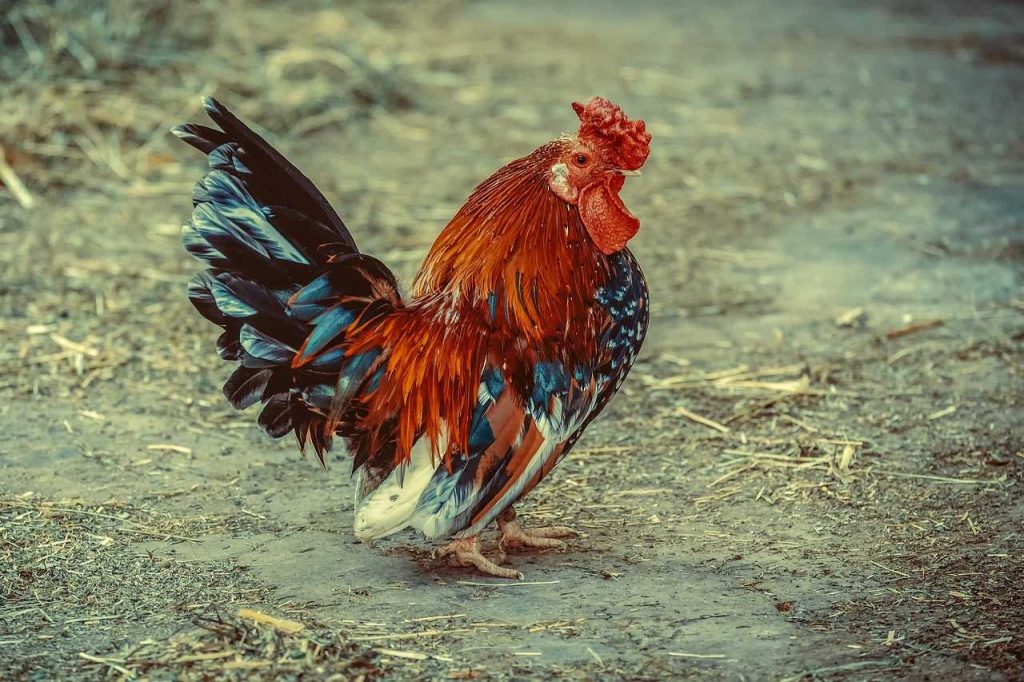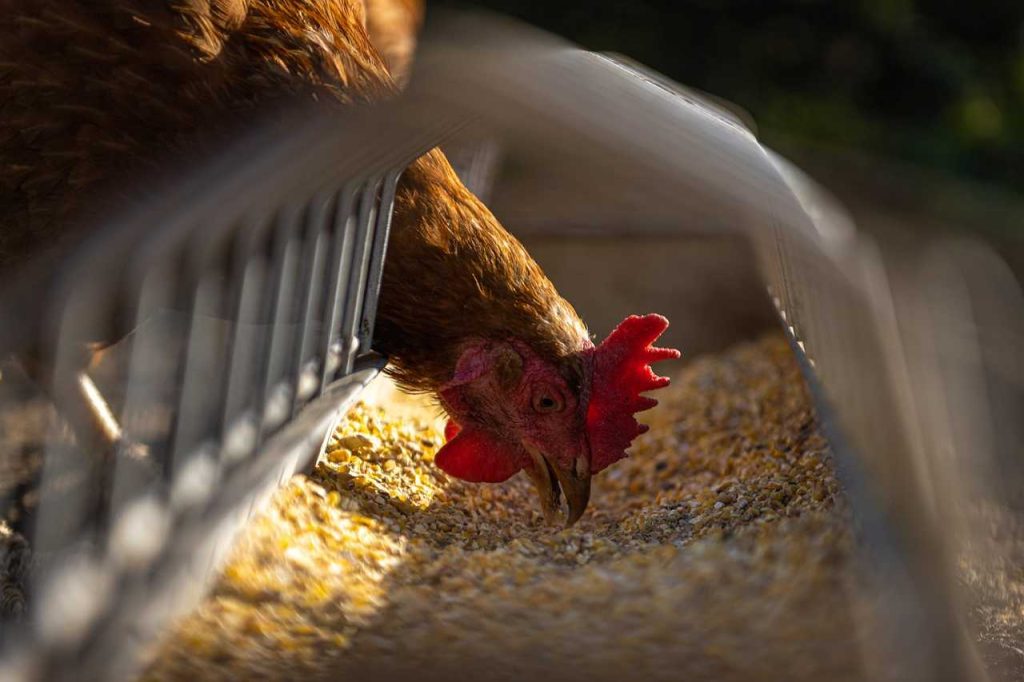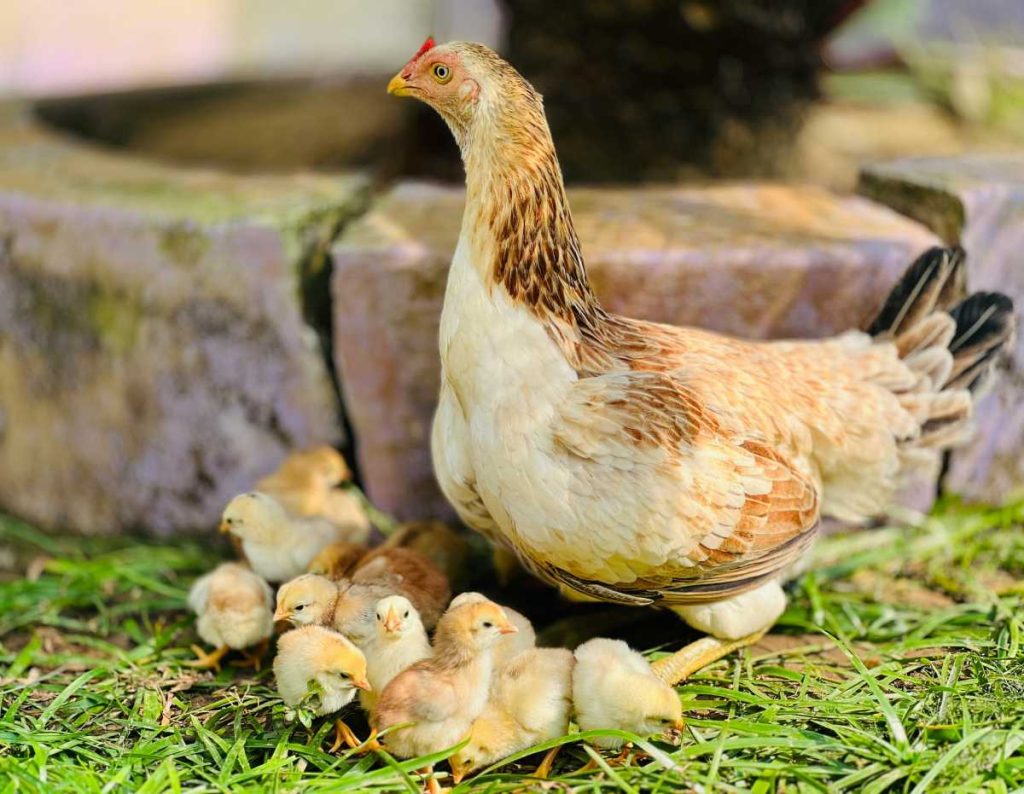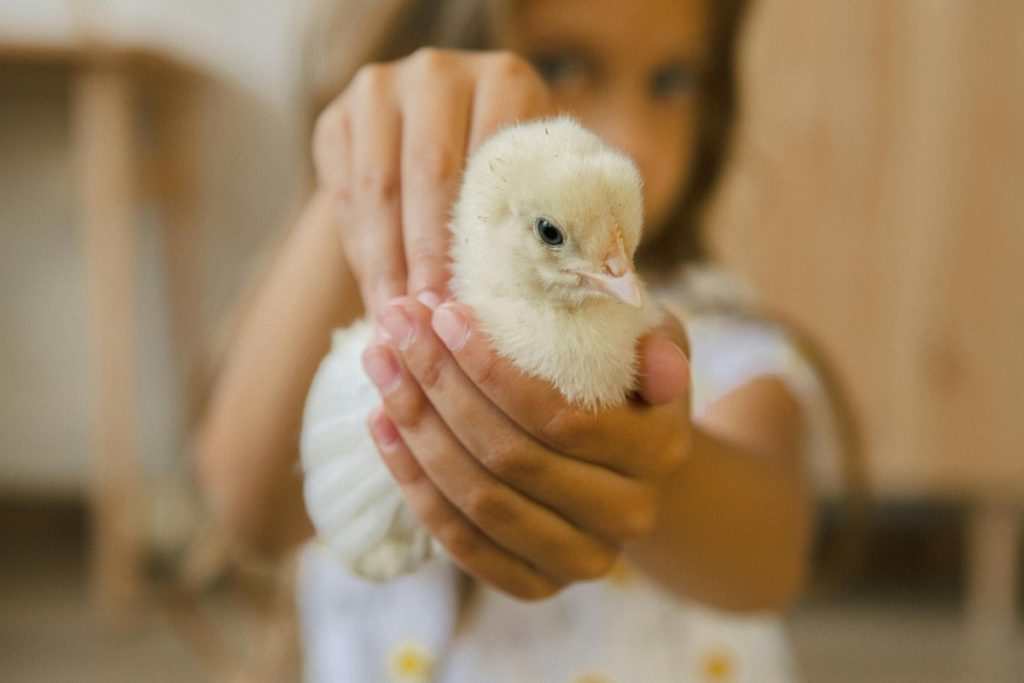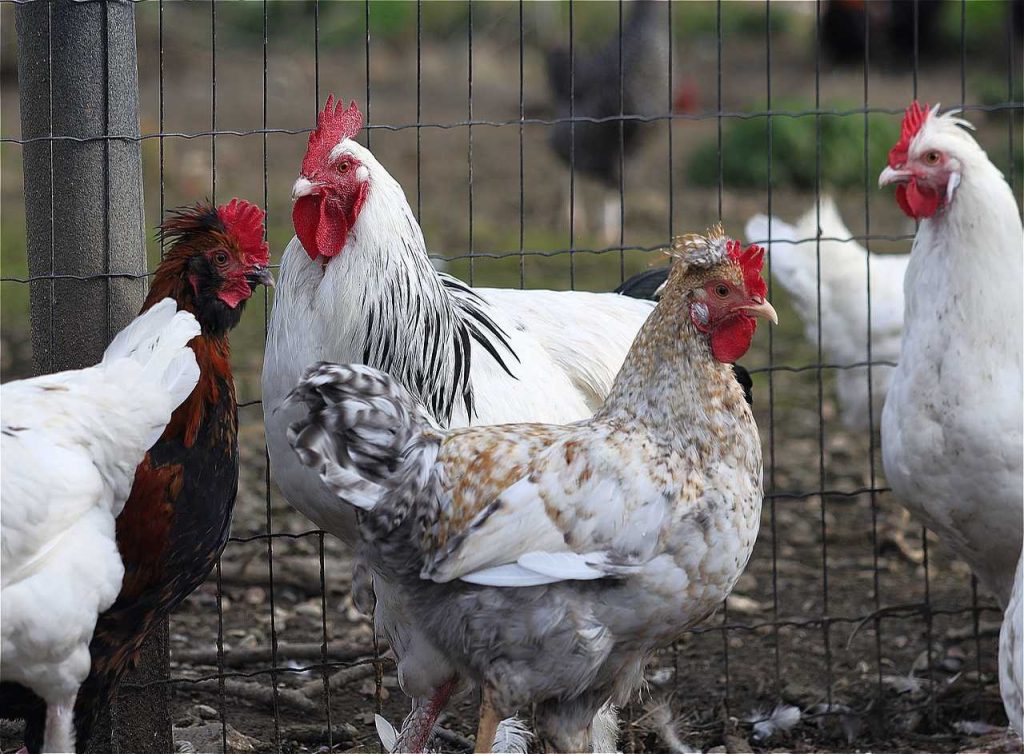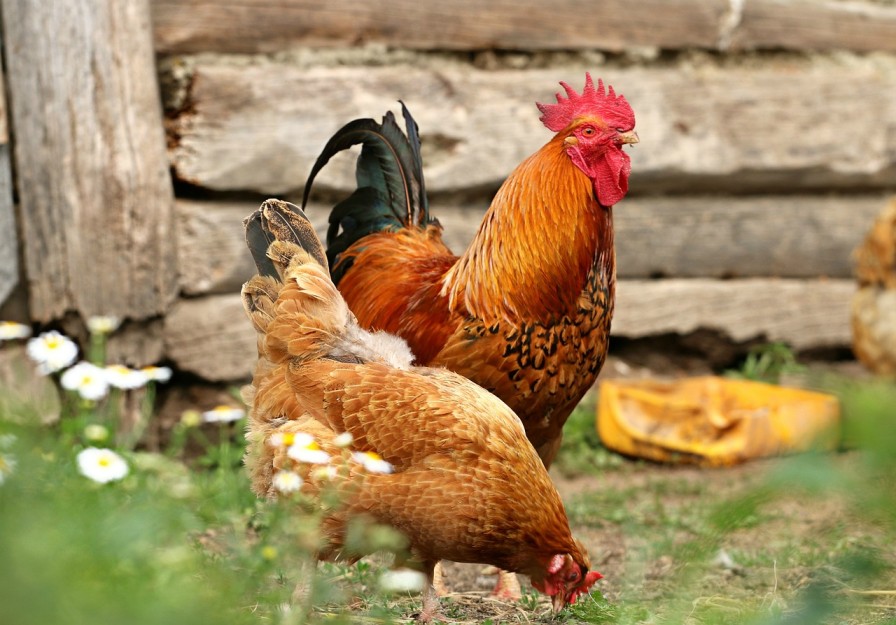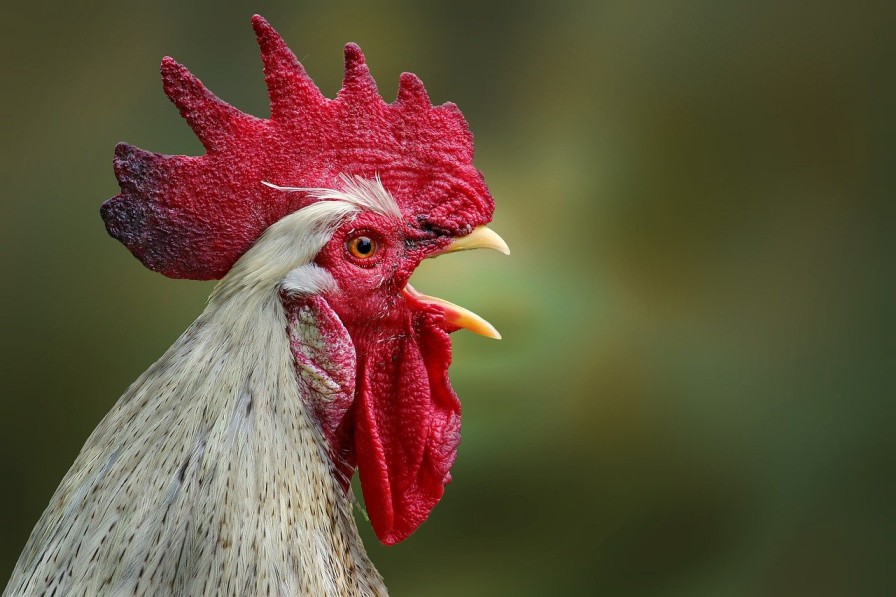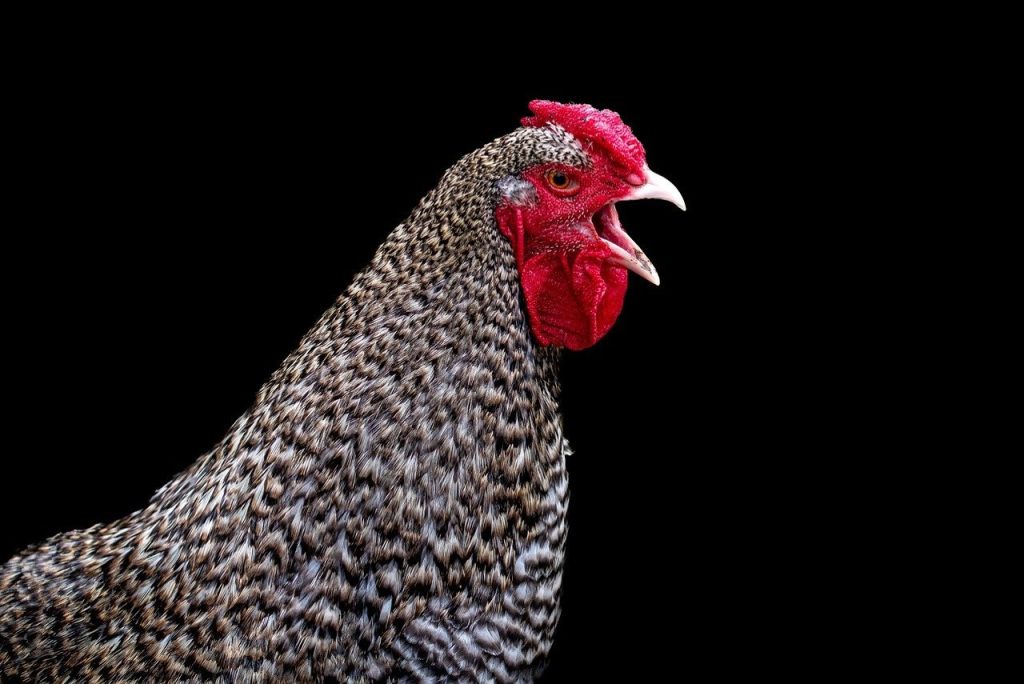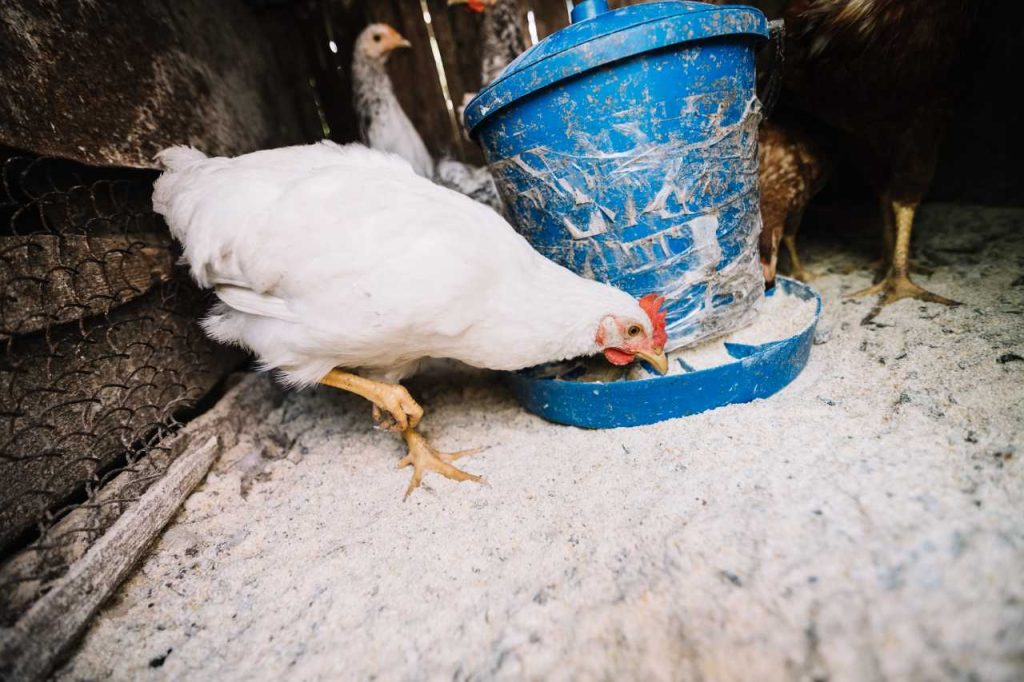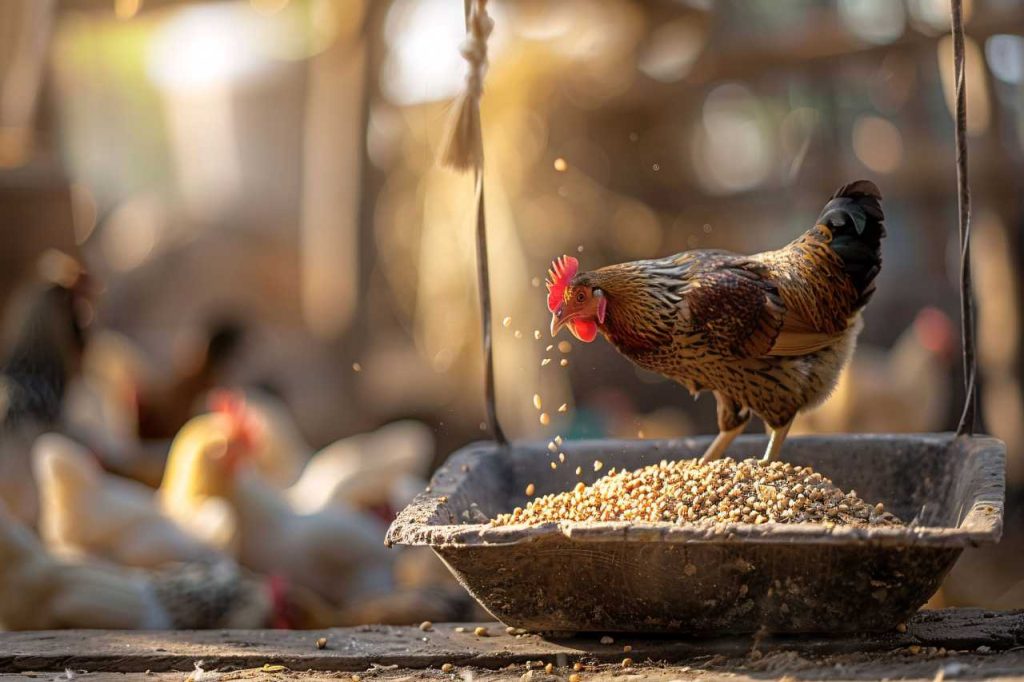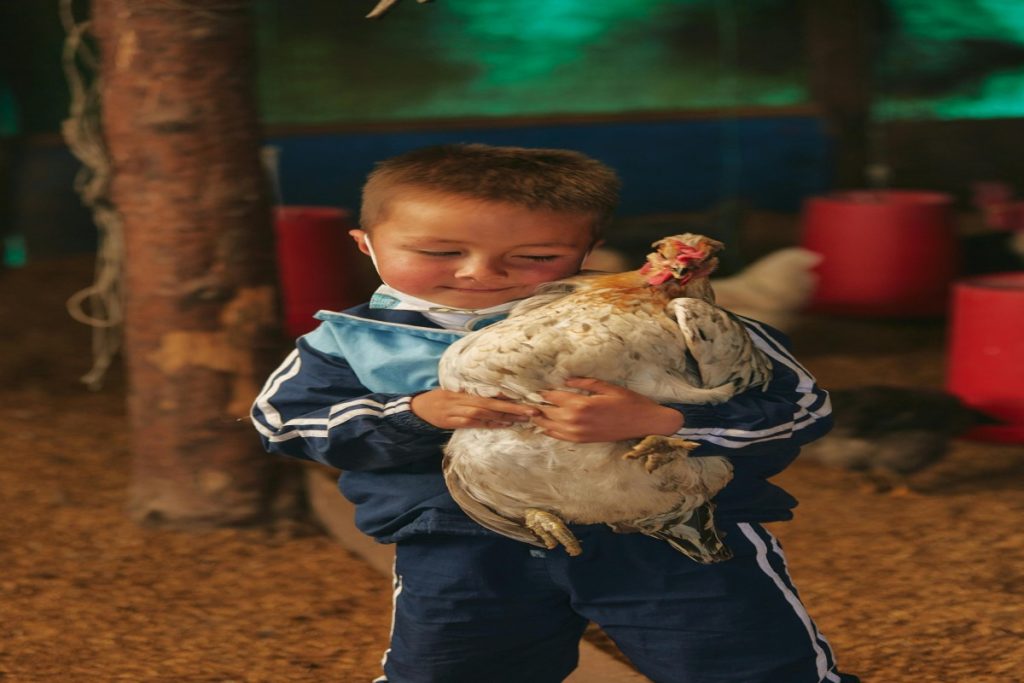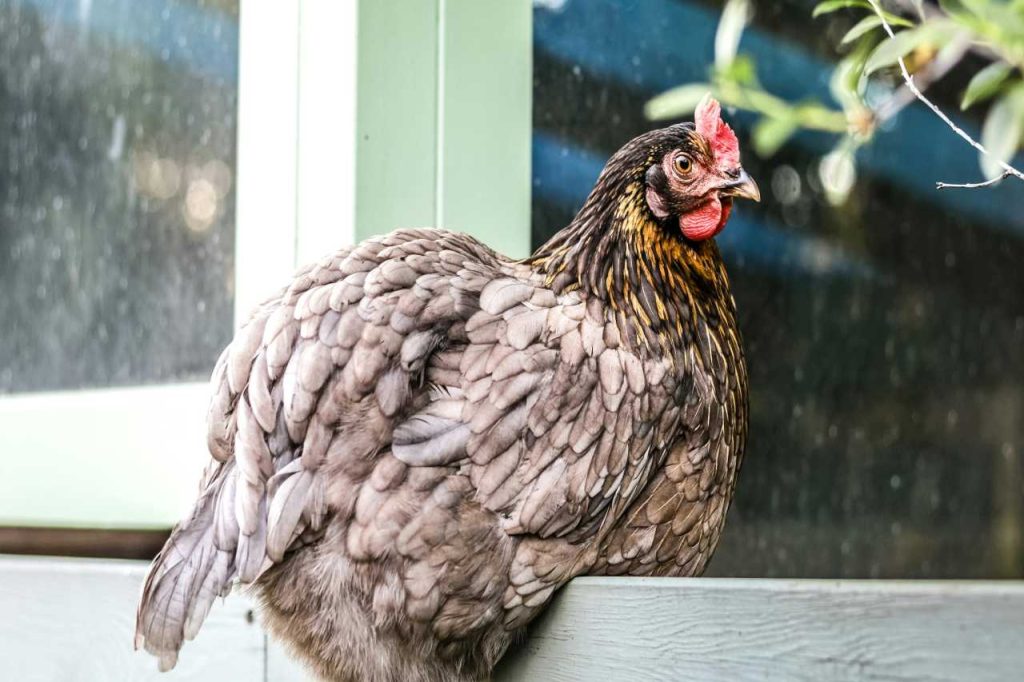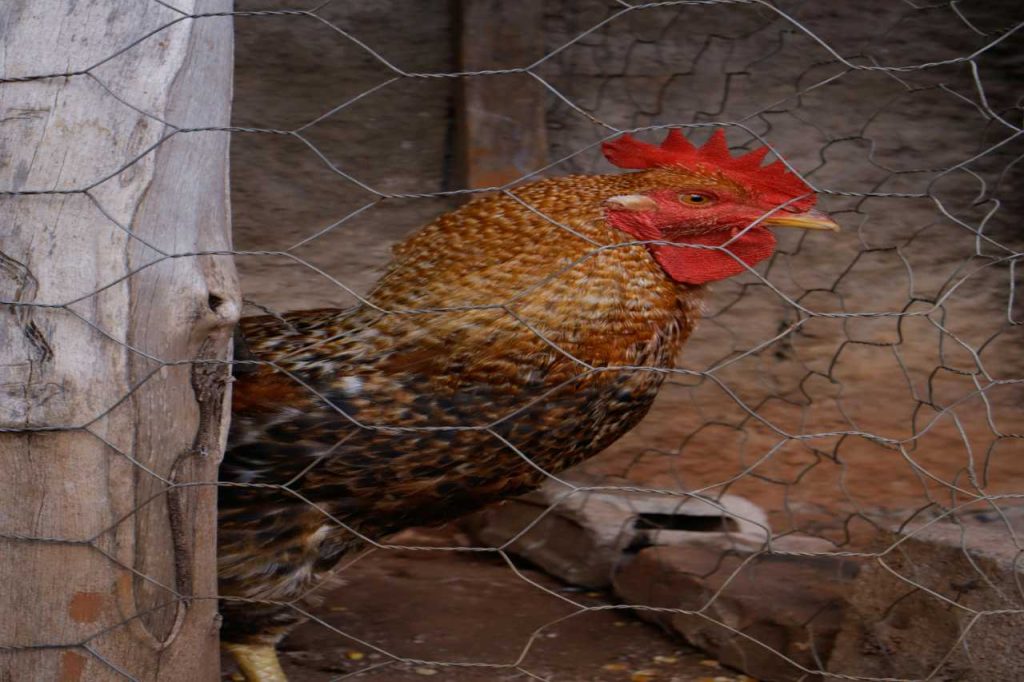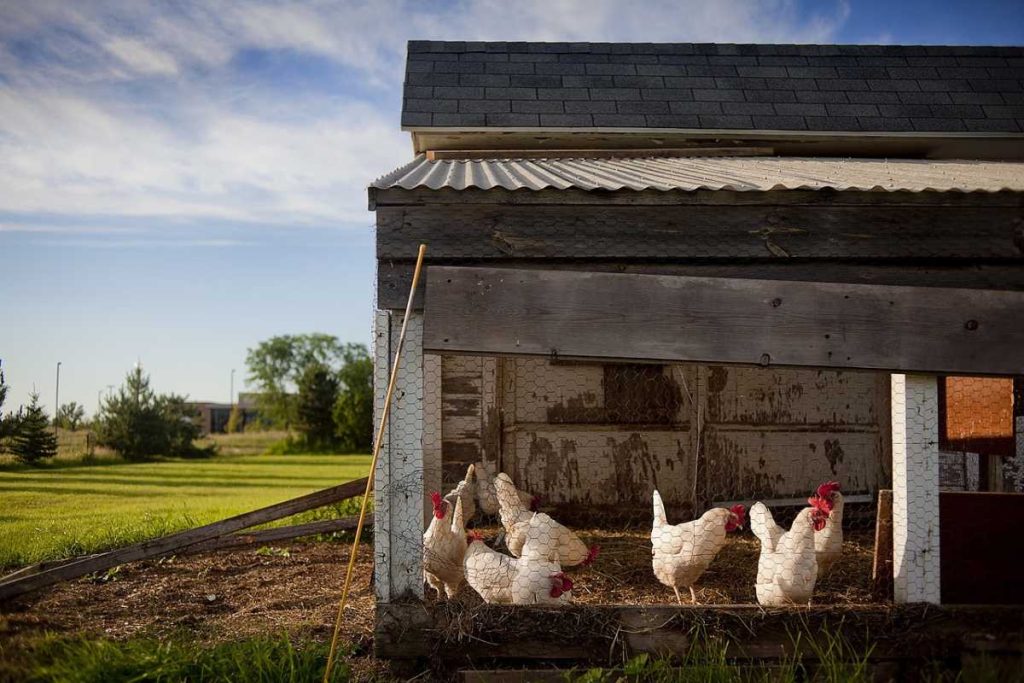Chickens, like any pets, deserve a special treat now and then. Not only do treats make them happy, but they can also provide additional nutrients and enhance their overall health. Here are some nutritious chicken treat recipes that will delight your flock and contribute to their well-being.
1. Vegetable Medley Mash
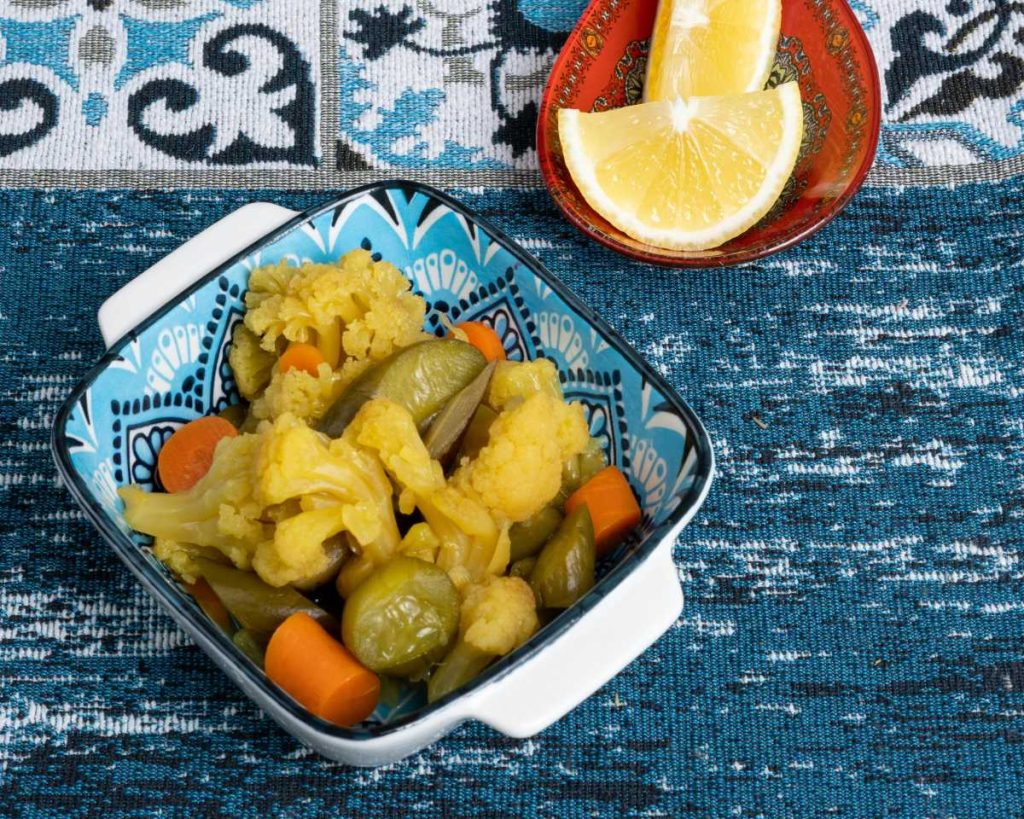
Ingredients:
- 1 cup of mixed vegetables (carrots, peas, spinach, and bell peppers)
- 1/2 cup of cooked quinoa or rice
- 1 tablespoon of olive oil
- 1/4 cup of chopped parsley or cilantro (optional)
Instructions:
- Cook the Vegetables: Steam or lightly boil the mixed vegetables until they are soft.
- Mix Ingredients: In a large bowl, combine the cooked vegetables with quinoa or rice.
- Add Olive Oil: Drizzle olive oil over the mixture and stir well to combine.
- Garnish (Optional): If using, add chopped parsley or cilantro for added flavor and nutrients.
- Serve: Allow the mash to cool before serving it to your chickens. This dish is packed with vitamins and minerals, making it a perfect nutritious treat.
2. Fruit Salad Surprise
Ingredients:
- 1 cup of diced fruit (such as apples, strawberries, blueberries, and melons)
- 1/2 cup of plain yogurt (unsweetened and unflavored)
- 1 tablespoon of honey (optional)
Instructions:
- Prepare the Fruit: Wash and dice the fruits into bite-sized pieces.
- Mix Yogurt and Honey: In a small bowl, combine the yogurt and honey (if using) until well blended.
- Combine: In a larger bowl, mix the diced fruits with the yogurt mixture until evenly coated.
- Serve: Offer this delicious fruit salad to your chickens as a refreshing treat that is rich in vitamins and antioxidants.
3. Chicken Crack
Ingredients:
- 1 cup of rolled oats
- 1 cup of sunflower seeds
- 1/2 cup of crushed nuts (almonds, walnuts, or peanuts)
- 1/2 cup of dried fruits (raisins, cranberries, or chopped apricots)
- 1/2 cup of melted coconut oil
Instructions:
- Combine Ingredients: In a large bowl, mix rolled oats, sunflower seeds, crushed nuts, and dried fruits.
- Add Coconut Oil: Pour in the melted coconut oil and mix until all ingredients are well coated.
- Press Mixture: Spread the mixture evenly in a greased baking dish and press it down firmly.
- Chill: Place the dish in the refrigerator for at least 1-2 hours until it firms up.
- Cut and Serve: Once set, cut into small squares and offer them to your chickens as a crunchy treat. This recipe provides healthy fats and energy.
4. Eggshell Calcium Treats

Ingredients:
- 5-6 clean and dried eggshells
- 1/2 cup of mixed seeds (pumpkin, sesame, and flaxseed)
Instructions:
- Prepare Eggshells: Rinse the eggshells thoroughly and bake them in the oven at 200°F (93°C) for about 10-15 minutes to sterilize and dry them out.
- Grind: Once cooled, grind the eggshells into a fine powder using a food processor or blender.
- Combine: Mix the eggshell powder with the mixed seeds.
- Serve: Sprinkle this calcium-rich mixture on your chickens’ regular feed or offer it in a separate bowl. Calcium is crucial for strong eggshells and overall health.
5. Pumpkin and Corn Treats
Ingredients:
- 1 cup of cooked pumpkin (mashed)
- 1/2 cup of corn (canned or frozen)
- 1/4 cup of rolled oats
- 1 tablespoon of flaxseed (optional)
Instructions:
- Mix Ingredients: In a bowl, combine the mashed pumpkin, corn, rolled oats, and flaxseed until well mixed.
- Shape Treats: Form the mixture into small balls or patties.
- Cook (Optional): You can bake them at 350°F (175°C) for about 15-20 minutes for a firmer texture or serve them raw.
- Serve: Allow them to cool before serving. This treat is high in fiber and great for digestion.
Conclusion
Treating your chickens with nutritious snacks not only keeps them happy but also contributes to their overall health. These recipes are easy to make, and you can customize them based on the preferences of your flock. Remember to introduce any new treats gradually and in moderation to prevent digestive issues. Happy cooking, and enjoy watching your chickens enjoy their delightful new treats!

